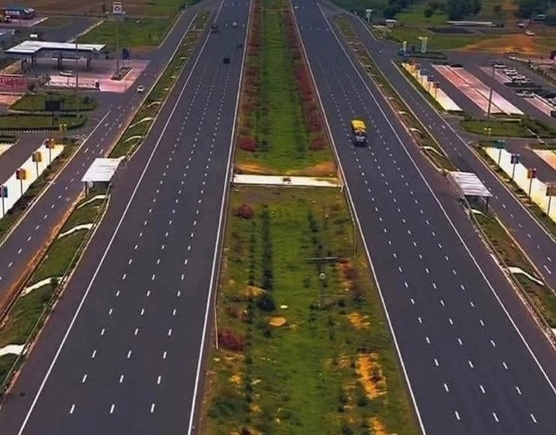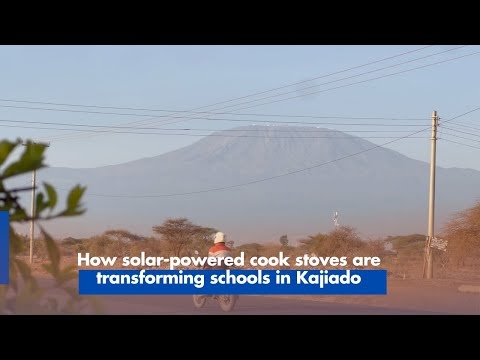Kenya is firmly on course on dealing with violent extremism, radicalization and terrorism threats, if the national strategy for preventing such threats is anything to go by.
It would seem the country listened and moved away from dealing with violent extremism and radicalization as in the narrow perspective of security alone and is using a more expanded multi-sectoral approach to dealing with the issue.
This change of approach, and involving more people including religious leaders, community leaders, media and civil society working jointly with security agencies under the coordination of the National Counter Terrorism Center (NCTC) seems to be bearing fruits gradually.
This is a global problem that requires the involvement of all in the country. This change of approach, and involving more people seems to be bearing fruits gradually., and sure in addition to the national CVE strategy, a number of counties have developed and are implementing counter specific interventions, with a measure of success.
These efforts need to be scaled up as the country continues to face different faces of the problem.
The change in approach was necessary, for the country was spending much time and resources against VE and radicalization with very little to show and stakeholders raised concerns, hat received Government response by way of establishing the NCTC.
The country had for some years faced frequent terrorist attacks and increased incidences on VE and radicalization because of corruption within sectors entrusted to lead the country’s prevention of violent extremism effort, social and economic hardships, the pull and push factors, recruitment characteristics, concentration regions, movement routes and locations and failure by the authorities to fully implement the amnesty for returnees calls for re energized approach to the VE issue.
It was necessary that the country starts applying the new knowledge and information it had gathered from research and intelligence on the issue of VE and radicalization with stakeholders to ensure the current interventions to deal with the problem a from an evidenced based position and target the correct beneficiaries and the most at risk individuals.
The involvement of media both in terms of dialogue, skills tapping and editorial engagement is very topical in the efforts aimed at mitigating the effects of VE and radicalization in the country.
This will allow accountability in the use of the resources allocated in dealing with the issue as watchdogs media is critical in sharing counter narratives and journalists being members of the community have vital information and experiences that are critical in the country’s overall strategy.
The media, security sector players and other stakeholders have no choice but to sit together and come up with guidelines for covering terrorism and other emerging security threats that thrive on oxygen of publicity in a manner that does not fuel and embolden those who seek to do us harm.
In a society threatened by terrorism and/or violent extremism, journalists face much greater difficulties. They will likely operate in a climate of fear and threats.
More importantly, and with the current exposure by the youth to more online platforms given the effects of COVID-19 pandemic that have seen increased use of the internet while staying and studying at home, efforts must be scaled up to create awareness to the effects of radicalization and more counter narratives on violent extremis.
The media and religious leaders are critical in this and the NCTC continuously engaging and educating these groups is very strategic.
Journalists will become strategic partners in terms of creating narratives that are relevant to the current challenges facing the youth, handling and creating space for a national conservation on tackling violent extremism and radicalization, improve on the framing of the issue in their editorial content, and more importantly, ask hard questions on the use of the resources allocated to dealing with the menace.
The Government’s returnee policy for youth in affected regions is yet to materialize fully thus its implementation has slowed down the other interventions.
While the government launched the national CVE policy and a number of counties have developed the CVE County Action Plans and Integrated Development Plans, the issue of the amnesty and returnee policy is mute.
The issue of the changing dynamics in the recruitment and execution of attacks success being recorded in the fight, and the issue of pro-active disclosure of information with the media and the public is urgent.
The understanding and appreciation of the threshold of terrorism especially in the criminal justice system through expanded debate on the Prevention of Terrorism Act 2012 through the media and how communities and families are dealing with the challenge with measure of success are critical.












